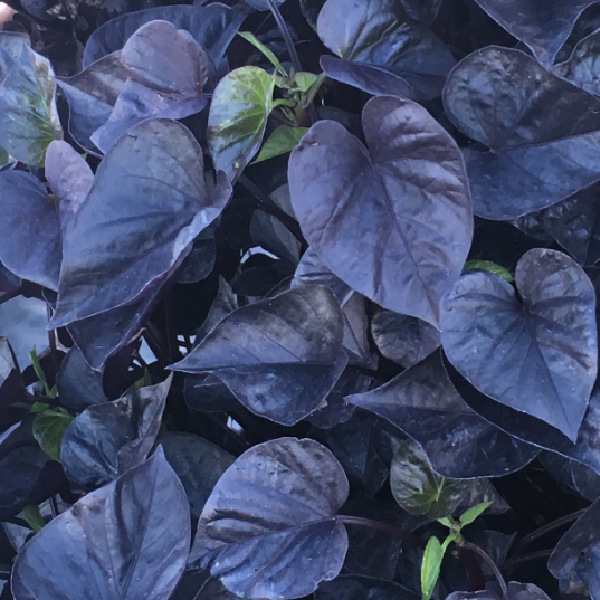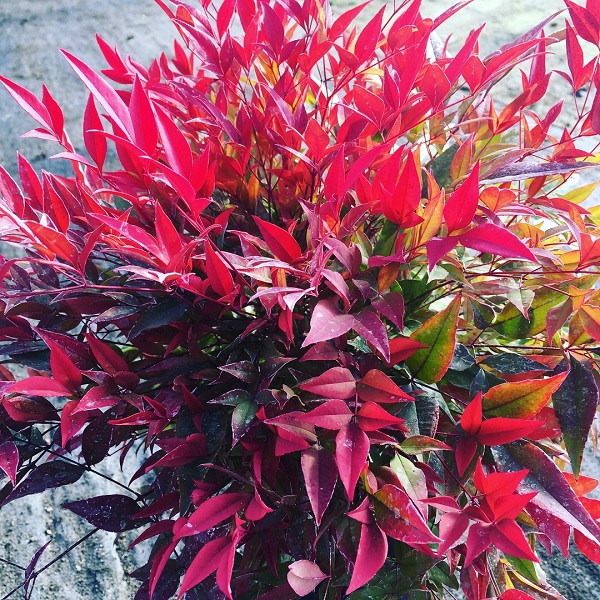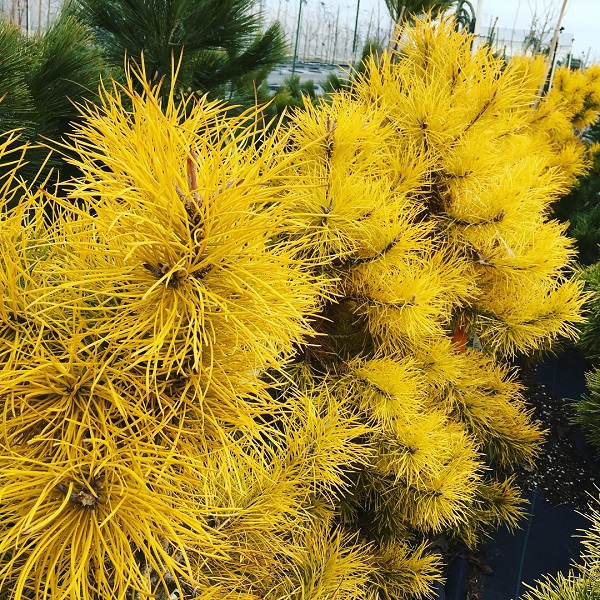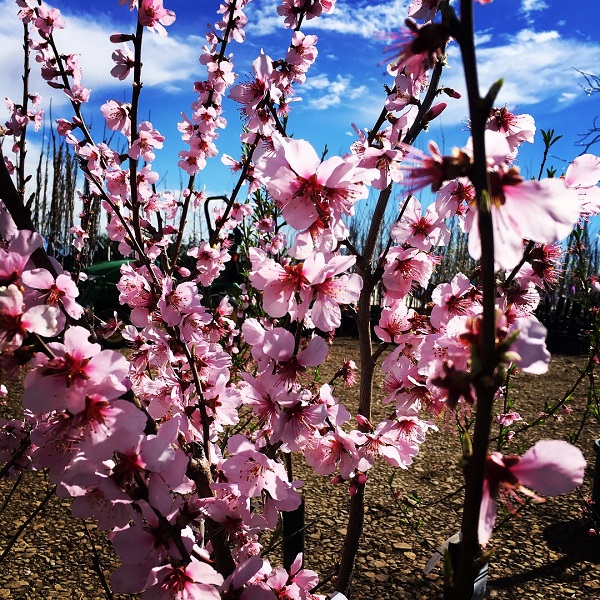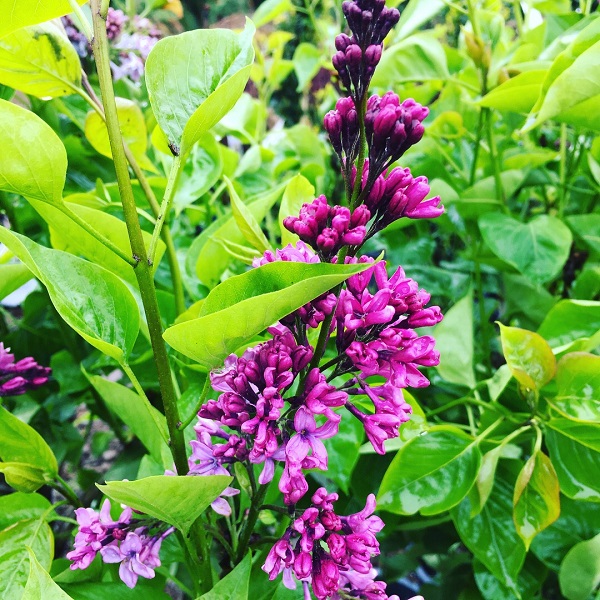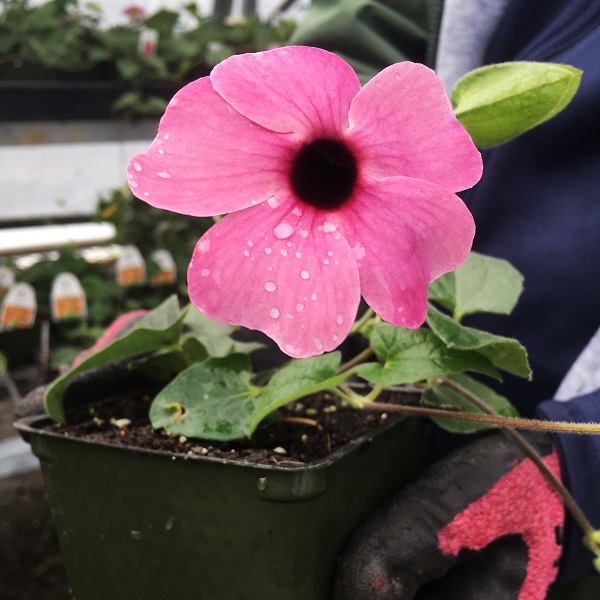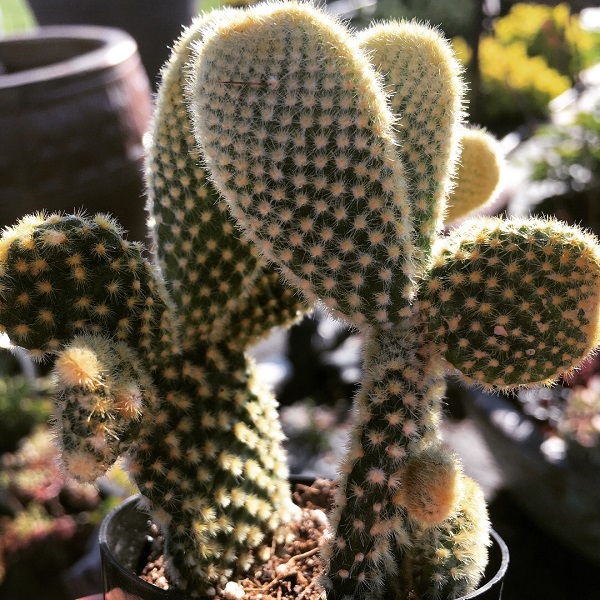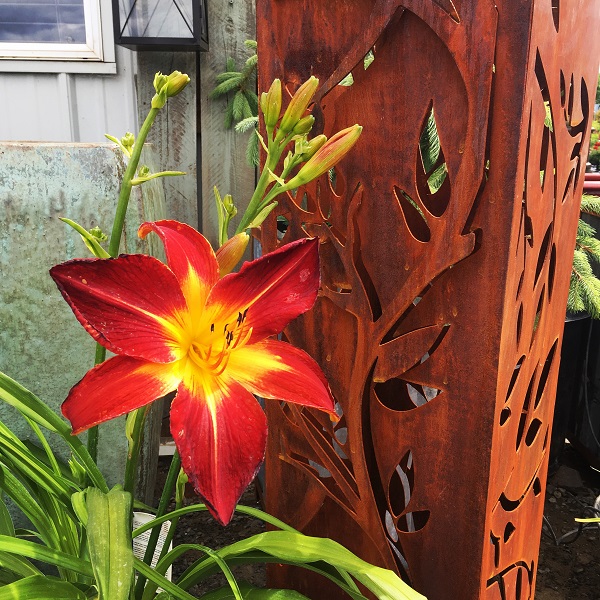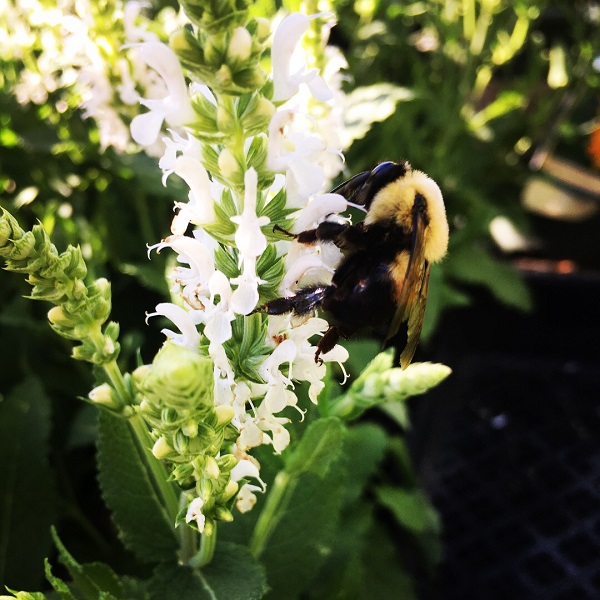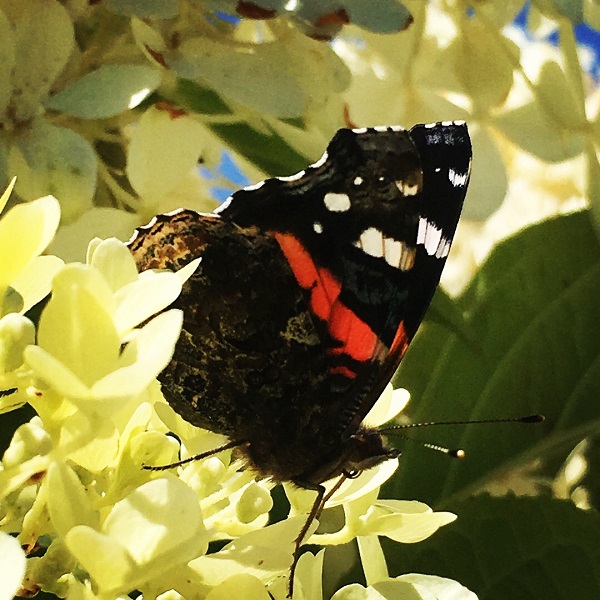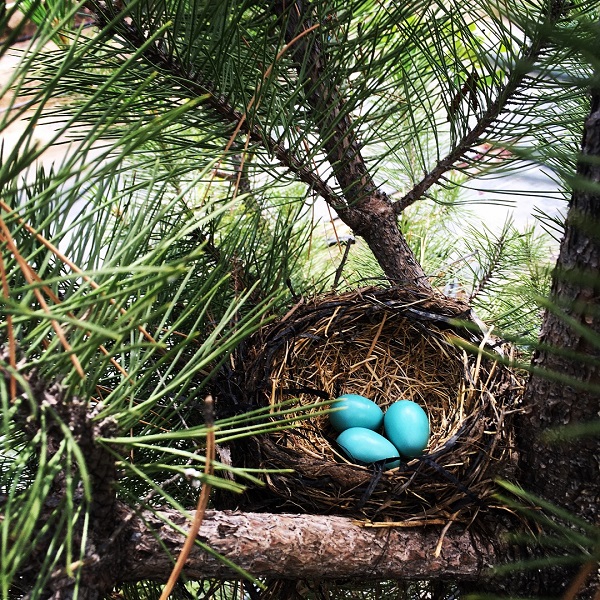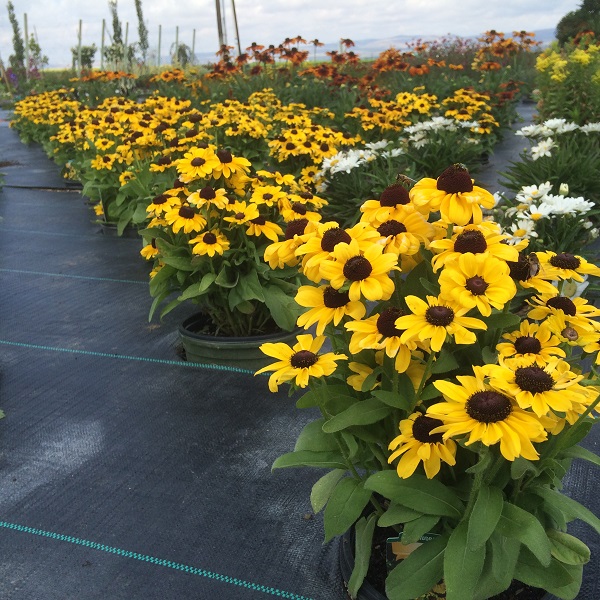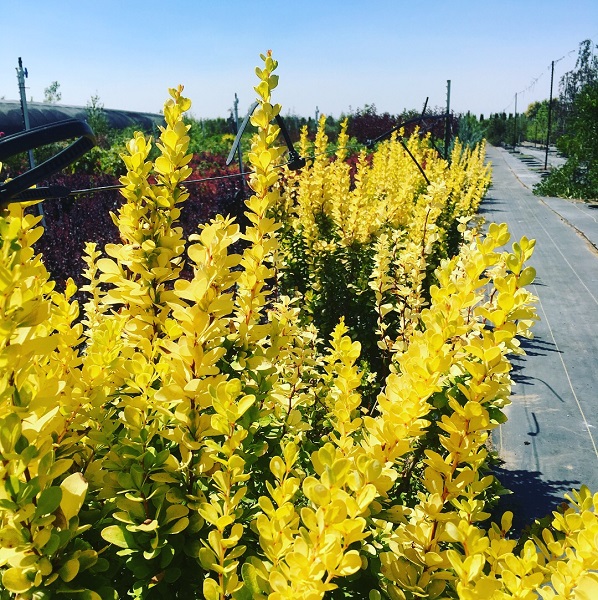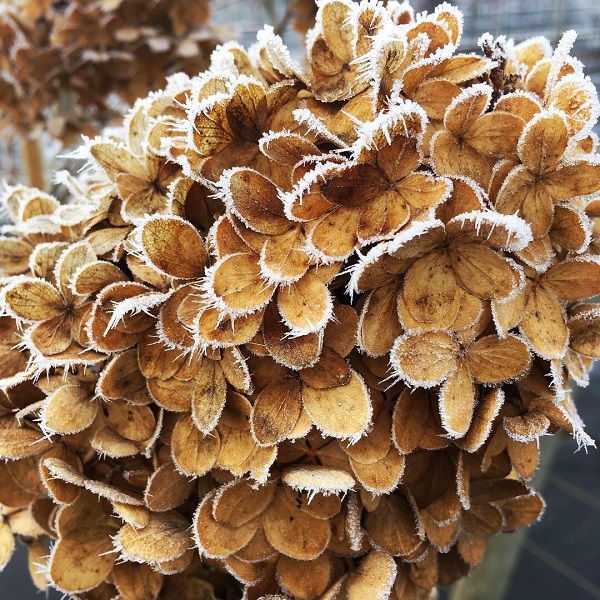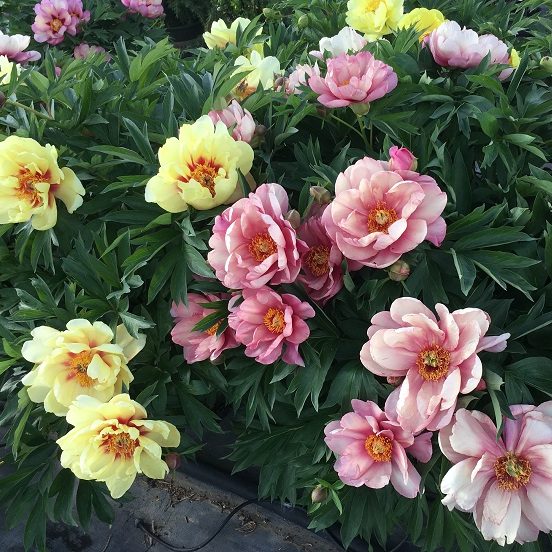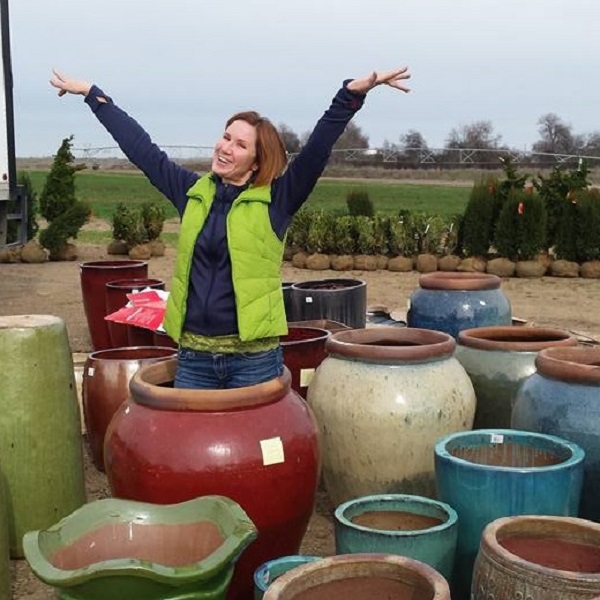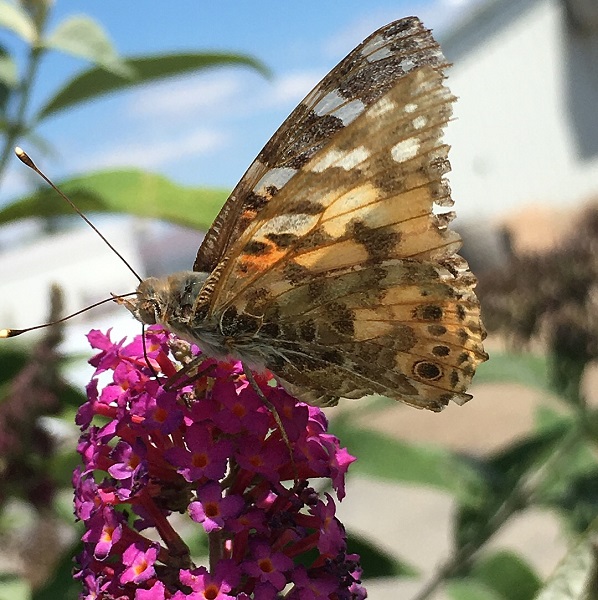Resources
Frequently Asked Questions
Fertilizer should be applied in the spring to promote healthy new growth. It can also be done in the summer and fall. However, you do not want to encourage new growth too late in the fall because there will not be adequate time for the new growth to acclimate before it freezes.
Emerald Green Arborvitae - 3'
'Skyrocket', 'Blue Arrow', and 'Spartan' Juniper- 2'
Taxus Hicks Yew - 3'
Prunus Schipkaensis' Cherry Laurel - 5'
Emerald Isle and Island Green Leyland Cypress- 6'
Each plant has different watering needs. Too much water can starve the roots from oxygen and too little water will cause them to become dehydrated. The best rule of thumb is to make sure the soil is damp, not dry and dusty nor muddy and pooling. Most plants will show signs of stress by looking droopy and yellow if there is too much water. Dry or shedding leaves are usually an indication of too little water. Moisture meters are a great tool to help measure the amount of water in the soil.
All plant material at Emerald Desert Nursery is sold 'where is, as is'. Examine the plants you are purchasing carefully to be certain of the acceptability on your part. After the plant material leaves our nursery or is delivered to another nursery, job site, etc., we express or imply no warranty as to the productiveness or life of the nursery stock we sell. We will not be in any way responsible for the result secured in transplanting.
As long as you can dig a hole in the ground, you can plant. You just need to make sure there is adequate moisture available, a suitable location and use plants that are zone hardy. Spring and fall plantings are less likely to experience transplant shock.
We are USDA Zone 5 & 6 depending on your area.
Need Help?
Not finding what you're looking for? Send us a message or give us a call at (509) 787-3051.


